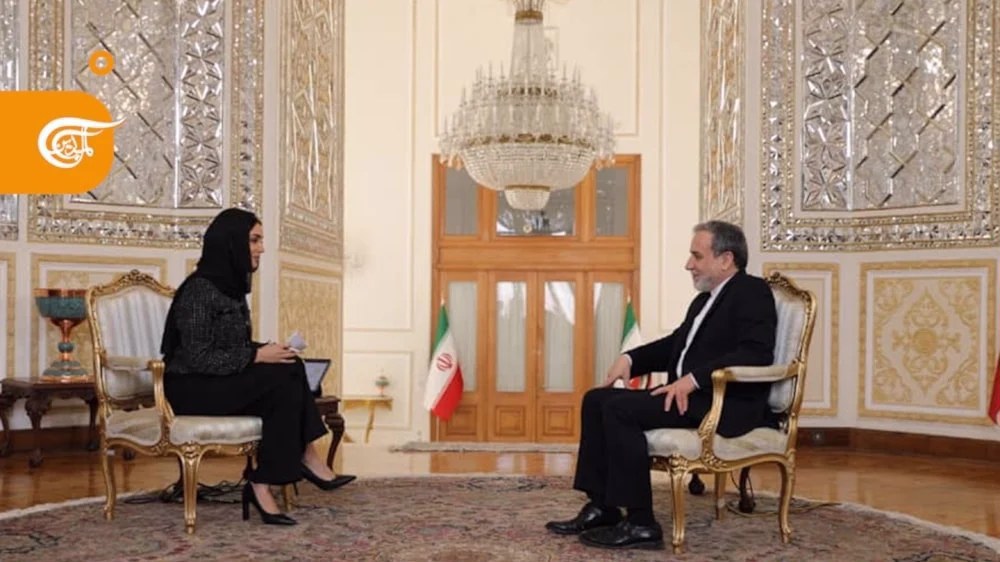Iran ready to help resolve Karabakh crisis: FM Zarif
Foreign Minister Mohammad Javad Zarif says Iran is ready to help restore calm to the Karabakh region, which has been the scene of deadly fighting between Armenia-backed and Azerbaijani forces in recent days.
In a telephone conversation with his Armenian counterpart Edward Nalbandian, Zarif emphasized the need for a peaceful settlement of the crisis.
The phone call came ahead of trilateral talks between Zarif and his Turkish and Azerbaijani counterparts, Mevlut Cavusoglu and Elmar Mammadyarov, in the Iranian resort city of Ramsar.
Zarif said he would exchange views with the two ministers about the latest developments in Karabakh and ways to end the tensions there, among other issues on the agenda of the talks.
“Our objective is to end the clashes [in Karabakh],” said Zarif, calling on the regional countries to help facilitate the return of peace to the region.
Iran maintains good relations with both Azerbaijan and Armenia, making the country a potential peace mediator.

On Monday, Iranian and Azerbaijani defense ministers also held phone talks to discuss the conflict.
According to Tuesday reports, a shell fired by Armenian-backed forces fell in a residential area in neighboring Iran’s Khoda Afarin region, without causing any casualties. Other reports said that three shells had fallen into Iran over the weekend, causing no casualties.

Three days of clashes between Azerbaijan and Armenians have claimed some 46 lives so far. On Tuesday, Azerbaijan’s Defense Ministry said 16 of its service members had lost their lives in the clashes.
Azerbaijan’s Defense Minister Zakir Hasanov threatened “a major attack” on the self-declared capital of ethnic Armenians who call it Stepanakert, known to Azeris as Khankendi, if militias failed to “stop shelling our settlements.”
Ethnic Armenians in Karabakh broke away from Azerbaijan in 1988 and declared themselves a republic, sparking a war which claimed over 30,000 lives and ended in 1994 through a ceasefire.
As a result of the conflict, ethnic Azerbaijanis fled the territory which constitutes about 20% of the country.
The region, which is located in Azerbaijan, has been under the control of local ethnic Armenian militia and Armenian troops since then but it is regarded part of Azerbaijan by the United Nations.
Last December, the Armenian Defense Ministry said the ceasefire deal reached in 1994 was no longer in place, saying the current situation amounted to “war.”
On Monday, Armenian President Serzh Sarksyan warned a group of foreign ambassadors that the escalation could have “unpredictable and irreversible consequences, right up to a full-scale war.”
The recent flare-up came in the wake of Azerbaijani President Ilham Aliyev’s visit to the United States.
Secretary of State John Kerry called for an “ultimate resolution” of the Karabakh dispute but fighting raged within 48 hours after the top US diplomat said he wanted a diplomatic solution.
US vetoing of Gaza ceasefire resolution ‘disgraceful’: Iran’s UN envoy
VIDEO | IAEA adopts anti-Iran resolution tabled by E3
VIDEO | Iran's president urges Pope to help end Israel's onslaught in Gaza
Iran's senior legal official: ICC arrest warrant for Netanyahu ‘great victory'
Nov. 21: ‘Axis of Resistance’ operations against Israeli occupation
VIDEO | Israeli forces storm West Bank’s Jenin again, target civilians
Iran activates advanced centrifuges after IAEA's 'unjust' resolution
VIDEO | Press TV's news headlines














 This makes it easy to access the Press TV website
This makes it easy to access the Press TV website